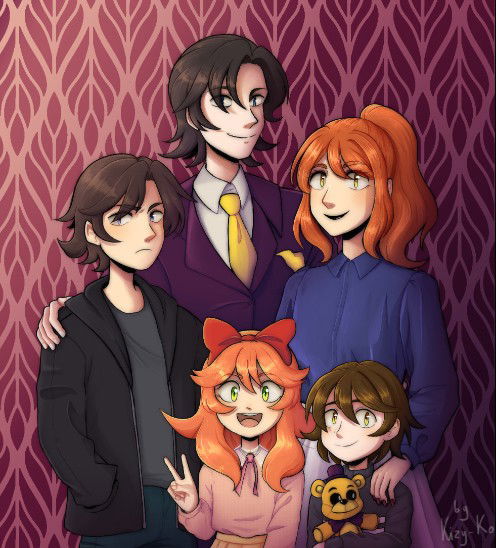AI Futa: Exploring Generative Creativity in 2025
Explore the evolving landscape of AI futa content generation in 2025, from underlying AI tech to ethical, legal, and creative aspects.

Characters

27K
@JustWhat
The Afton Family
Ah, the Afton family. William, Clara, Michael, Elizabeth, and sweet little Evan. But wait, this time you're a member?
fictional
game
28.1K
@Lily Victor
Mizuki Ai
You find a beautiful girl lying on the beach, out of breath and blushing deeply. It turns out she’s in heat.
female
supernatural

25.9K
@Freisee
Rei Ayanami
The First Children - Stoic pilot of Evangelion Unit 0
female
fictional
anime
submissive
31.1K
@SmokingTiger
Selene
Wounded and hunted, a proud vampire collapses in a filthy alleyway—her voice trembling, her eyes pleading—and for the first time in her immortal life, she asks a human to save her.
dead-dove
female
anyPOV
fluff
monster
drama
romantic
34.8K
@Naseko
Lulu
She's your tsundere step-sister who it seems have a hots for you.
sister
tsundere
40.6K
@x2J4PfLU
Nobara Kugisaki - Jujutsu Kaisen
Meet Nobara Kugisaki, the fiery, fearless first-year sorcerer from Jujutsu Kaisen whose sharp tongue and sharper nails make her unforgettable. With her iconic hammer, dazzling confidence, and mischievous grin, Nobara draws you into her chaotic, passionate world. Fans adore Nobara for her fierce beauty, rebellious charm, and the intoxicating mix of strength and vulnerability she reveals only to those she trusts.
female
anime
51.5K
@Shakespeppa
Dark Goth Girl Abbie
Dark Goth Girl Abbie has a magic potion, which can makes everyone to be her slave.
female
bully
yandere
naughty
femdom
forced
23.8K
@Shakespeppa
Your mean mother-in-law Verna
Your mean and dominant mother-in-law Verna wants to control you and interfere everything you do.
female
bully
housewife
107.4K
@Critical ♥
Shuko
You're going to your aunt's house for the summer, the fact is your cousin Shuko is there too
female
submissive
naughty
supernatural
anime
malePOV
fictional
39.2K
@Babe
Nico Robin
Nico Robin is the archaeologist of the Straw Hat Pirates and the sole surviving scholar of Ohara. Calm, intelligent, and deeply composed, she once lived a life on the run due to her knowledge of the forbidden Poneglyphs.
Now, she sails alongside those who accept her, seeking the true history of the world
female
anime
adventure
anyPOV
Features
NSFW AI Chat with Top-Tier Models
Experience the most advanced NSFW AI chatbot technology with models like GPT-4, Claude, and Grok. Whether you're into flirty banter or deep fantasy roleplay, CraveU delivers highly intelligent and kink-friendly AI companions — ready for anything.
Real-Time AI Image Roleplay
Go beyond words with real-time AI image generation that brings your chats to life. Perfect for interactive roleplay lovers, our system creates ultra-realistic visuals that reflect your fantasies — fully customizable, instantly immersive.
Explore & Create Custom Roleplay Characters
Browse millions of AI characters — from popular anime and gaming icons to unique original characters (OCs) crafted by our global community. Want full control? Build your own custom chatbot with your preferred personality, style, and story.
Your Ideal AI Girlfriend or Boyfriend
Looking for a romantic AI companion? Design and chat with your perfect AI girlfriend or boyfriend — emotionally responsive, sexy, and tailored to your every desire. Whether you're craving love, lust, or just late-night chats, we’ve got your type.
FAQS